Fusobacterium nucleatum
-
General information
Taxonomy
Family: Fusobacteriaceae
Natural habitats
This bacterium is part of the normal flora of the mouth and pharynx, upper respiratory tract, sexual organs and gastrointestinal tract
Clinical significance
It is a key organism in maturation of pathogenic biofilms in periodontal pockets and considered an important pathogen in peri-implantitis, root and canal infection, dentoalveolar abscesses, and spreading odontogenic infections.
They have a wide range of infections, like blood, brain, chest, heart, lung, liver, appendix, joint, abdomen, genitourinary tract as well as infected human bite lesions.
-
Diseases
-
Gram stain
Thin Gram negative rods,
with pointed ends,
and is often found in pairs end to end.
Like Capnocytophaga and Leptotrichia buccalis (larger) ► indole negative
-
Culture characteristics
-
Obligate anaerobic
BBAØ:
Three colony morphotypes
1. small, 0.5-1 mm, breadcrumb like, white ► F. nucleatum ssp fusiforme
2. large, speckled, smooth, butyrous, greyish white ► F. nucleatum ssp polymorphum
3. small, smooth, greyish white ► F. nucleatum ssp nucleatum
The colony size varies from <0.5-2 mm, and they produce greening of the agar upon exposure to air.
BBEØ: no growth
Fluorescentie/Woodslamp chartreuse / yellow-green
-
-
Characteristics
-
References
James Versalovic et al.(2011) Manual of Clinical Microbiology 10th Edition
Karen C. Carrol et al (2019) Manual of Clinical Microbiology, 12th Edition Wadsworth-KTL, Anaerobic Bacteriology Manual, sixth edition, Hannele R. Jousimies-Somer, etc


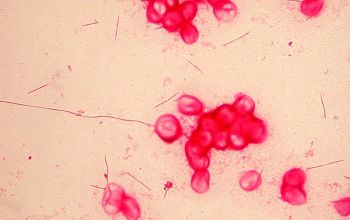
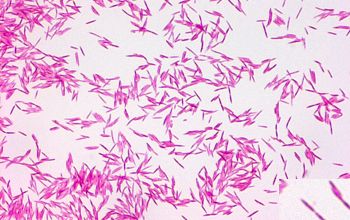
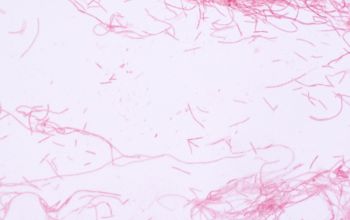
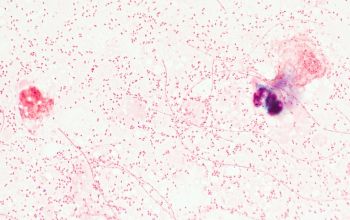
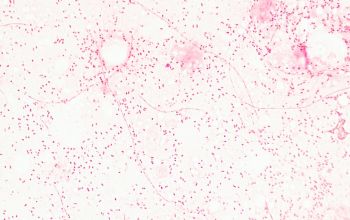
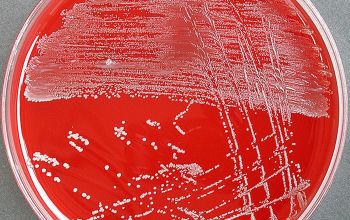
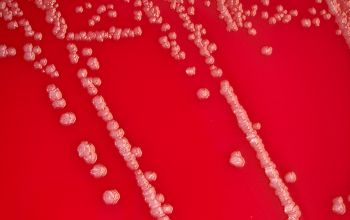
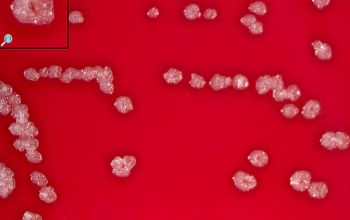
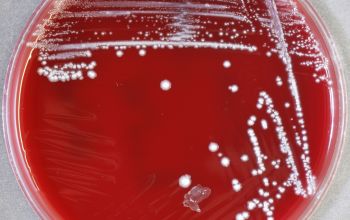
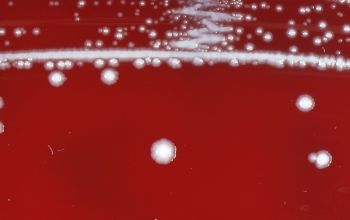

-250x173.jpg)